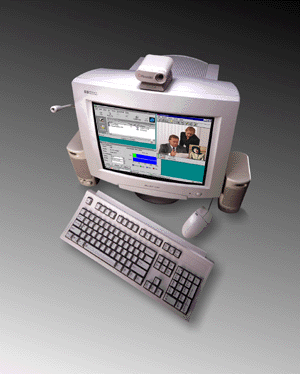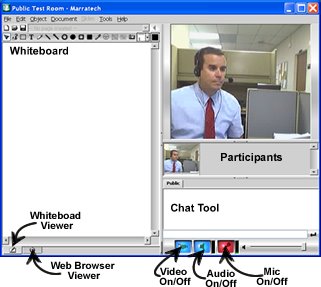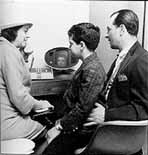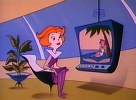
Connecting patrons and Reference Librarians together with desktop video conferencing seemed like a great idea. In fact, it's still a great idea. Imagine : a library patron is doing research at one of Rutgers University’s 17 libraries. They have a reference question but all the can find is the circulation desk staff. The patron asks the circulation desk manager if she can help her get reference information. The Circulation desk manager explains that the library has reference personnel during certain hours, but reference is an expensive service and they can’t justify the cost during slow times.
As I stated in my last blog, this scenario has occurred within the Rutgers libraries. I do not know how often this occurs . But, Rutgers is one of our nations oldest, and largest research universities. A University of Rutgers’ stature, should offer reference help in all locations at all times if possible. And it is possible, with recently improved communications technology.
Technology is currently being used to help patrons with reference questions. “Ask a Librarian”, is a web based service where the patron types in a question and a librarian or staff member replies. The problem is that email communications is in the middle of the scale as to media richness, A synchronized typed communications is not suitable for an ambiguous information exchange.
Media Richness
Rutgers Library school professor, Mare Radford, conducted extensive research on nonverbal communication and the reference desk. In her book,The Reference Encounter: Interpersonal Communication in the Academic Library she states that more than 60% of
the information transferred in a face to face meeting is derived through nonverbal communication.
One of the reasons that I chose Desk top video conferencing as a Distance Reference tool, is because of the vital importance of nonverbal communication . Effectiveness and understanding are more easily gauged with the feedback of facial expressions.
The main reason I believe that Marratech and other desktop video conference devices are perfect for Distance Reference is that they allow SVGA screen sharing. The patron must see the reference search path performed by the reference librarian to understand and perform future searches.
Related News
This past Thursday Oct 26, I presented my “Distance Reference”, idea to the Rutgers University’s Library council. The group consisted of approximately 24 tenured - faculty librarians. My presentation focused on the technical feasibility of the project.
Distance Reference


